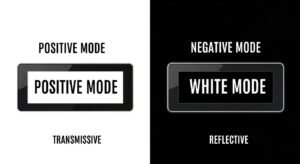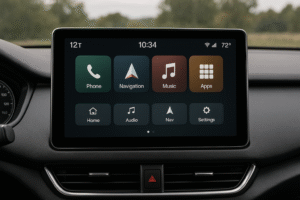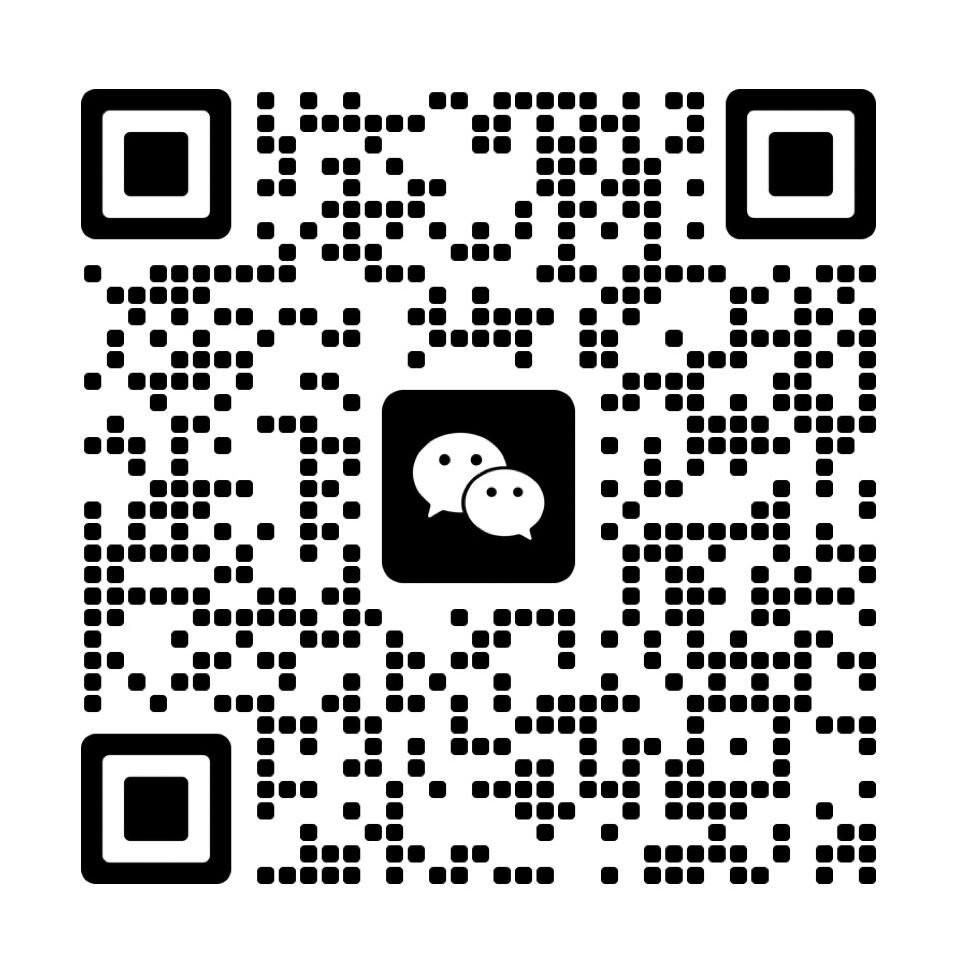
Touchscreens are everywhere—but not all touchscreens work the same way.
Single-touch screens recognize one touch at a time, while multi-touch screens can detect and respond to multiple touches simultaneously.
At one point, I worked with a client in the e-bike industry who struggled with poor user feedback from a single-touch interface. We switched to a 5-point multi-touch screen—and complaints dropped by 80%.
What are the core functional differences between single-touch and multi-touch screens?

Touch technologies have different ways of recognizing input. That changes how users interact with the screen(What Is the Difference Between Capacitive and Resistive Touch Screens?).
Single-touch allows only one point of contact; multi-touch tracks several fingers and gestures.
Input Recognition Capabilities
Single-touch:
- Detects one contact point at a time
- Can’t handle gestures like zoom or rotate
Multi-touch:
- Detects two or more contact points
- Supports advanced gestures and controls
This is the most basic difference. But it has huge implications for UI design.
User Interaction and Experience
A single-touch interface can feel outdated or restrictive. Users must perform actions one at a time.
Multi-touch feels natural. It supports:
- Pinch-to-zoom
- Two-finger scrolling
- Multi-finger shortcuts
For consumer devices, this experience is essential. For industrial devices, it adds speed and ease(Which LCD Display Module is Best for Industrial Applications?).
How do the technical architectures differ between these screen types?
Behind the screen, there’s a different world of hardware.
Multi-touch screens require more advanced sensors and processors to detect and process multiple inputs.
Sensor Technology and Signal Processing
| Feature | Single-Touch | Multi-Touch |
|---|---|---|
| Sensor Layers | Simple | Complex, layered |
| Signal Detection | One signal at a time | Multiple signal paths |
| Controller IC | Basic | High-speed processors |
More sensors = more data = more computing power. Multi-touch needs better hardware.
Integration with LCD Modules
LCD integration needs precision. Multi-touch panels are more sensitive and layered. That affects:
- Module thickness
- Light transmittance
- Touch accuracy
When you build custom modules at Hua Xian Jing, we adjust the stack-up based on the type of touch(Self Mutual Projected Capacitive Touchscreen: What Is It?).
Calibration and Responsiveness
Multi-touch must detect multiple signals accurately. That needs:
- Auto-calibration algorithms
- Noise rejection techniques
- Responsive refresh rates
One of our clients once had ghost touches in a 10-point system. We re-tuned the firmware—problem solved(How is Waterproof Touch Functionality Achieved in LCD Devices?).
What’s the difference between 1-point, 2-point, 5-point, and 10-point touch?
“Multi-touch” isn’t one thing. It has levels.
The number of points tells you how many touch inputs the screen can process at the same time.
What Does "1-Point" or "2-Point" or "5-Point" or "10-Point" Mean?
| Point Count | Description |
|---|---|
| 1-point | One touch input only |
| 2-point | Basic gesture control (e.g. zoom) |
| 5-point | Tracks up to five fingers simultaneously |
| 10-point | Full multi-finger support for both hands |
Each level adds complexity. But also unlocks new capabilities.
Practical Implications
- 2-point: Good for pos machine or ATM
- 5-point: Ideal for industrial dashboards, e-bikes, or smart appliances
- 10-point: Used in gaming displays, large panels, or multi-user interfaces
I always ask customers about how their end-users will interact. Often, 5-point is the sweet spot for embedded systems.
How do I decide which type of screen fits my project?
There’s no one answer. It depends on many things.
The right choice depends on budget, environment, user behavior, and system requirements.
Cost and Complexity
| Feature | Single-Touch | Multi-Touch |
|---|---|---|
| Cost | Lower | Higher |
| Design Simplicity | Simple | Requires tuning |
| Maintenance | Fewer issues | More calibration needed |
If your system is cost-sensitive and doesn’t need gestures, single-touch is enough.
Environmental and Industrial Considerations
Touchscreens used in:
- Wet environments: Multi-touch may misread signals
- Gloved usage: Capacitive multi-touch may fail unless tuned
- Bright light: More layers = more reflection. Choose high-transmittance LCDs((How Do Brightness Levels Impact Color Accuracy in LCD Displays?))
We usually add anti-glare film or choose optical bonding when these issues arise.
Compatibility and System Integration
Check:
- Can your MCU handle multi-touch?
- Does the OS support gesture input?
- Is there driver compatibility for your application?
We often pre-test this with our LCD prototypes. Clients save weeks of debugging.
What are the use case scenarios for each type of screen?
Context determines everything.
Different devices need different interaction models. Choose the right one based on how your user behaves.
Consumer Devices
Smartphones, tablets, cameras:
- Need full gesture support
- Require high touch accuracy
- Benefit from 10-point systems
We supplied 7″ 10-point touch modules to a startup making tablets for kids—multi-touch games were a key feature.
Industrial Applications
Machinery, Industrial HMI, POS terminals:
- Often use 1- or 2-point
- Need durable, stable input
- May need glove-friendly tuning
We custom-built a 4.3″ 2-point touch module for a food processing monitor. It had to work in wet, cold environments.
Public Interfaces and Kiosks
Ticket machines, directories, ATMs:
- Use 5-point touch
- Must handle different hand sizes
- Need anti-vandal, durable surfaces
For one city project, we used 8mm glass with a 5-point panel. It handled thousands of touches daily with no drift.
Conclusion
Single-touch is simple. Multi-touch is powerful.
FAQ
Can single-touch screens be used in modern smart devices?
Only for basic interaction. Most smart devices now require multi-touch for gesture-based controls and enhanced UX.
Can single-touch screens support gestures like pinch-to-zoom?
No, single-touch screens only detect one touch point, limiting them to basic actions like tapping, not complex gestures like pinch-to-zoom.
Is calibration required every time for multi-touch panels?
No, but occasional recalibration improves performance, especially in environments with temperature or humidity changes.
Do multi-touch screens wear out faster than single-touch ones?
Not necessarily. Durability depends more on the materials and usage environment than the number of touch points.
Will using a multi-touch screen drain more power?
Slightly, due to more active sensors and processing, but modern controllers are optimized for low power consumption.









